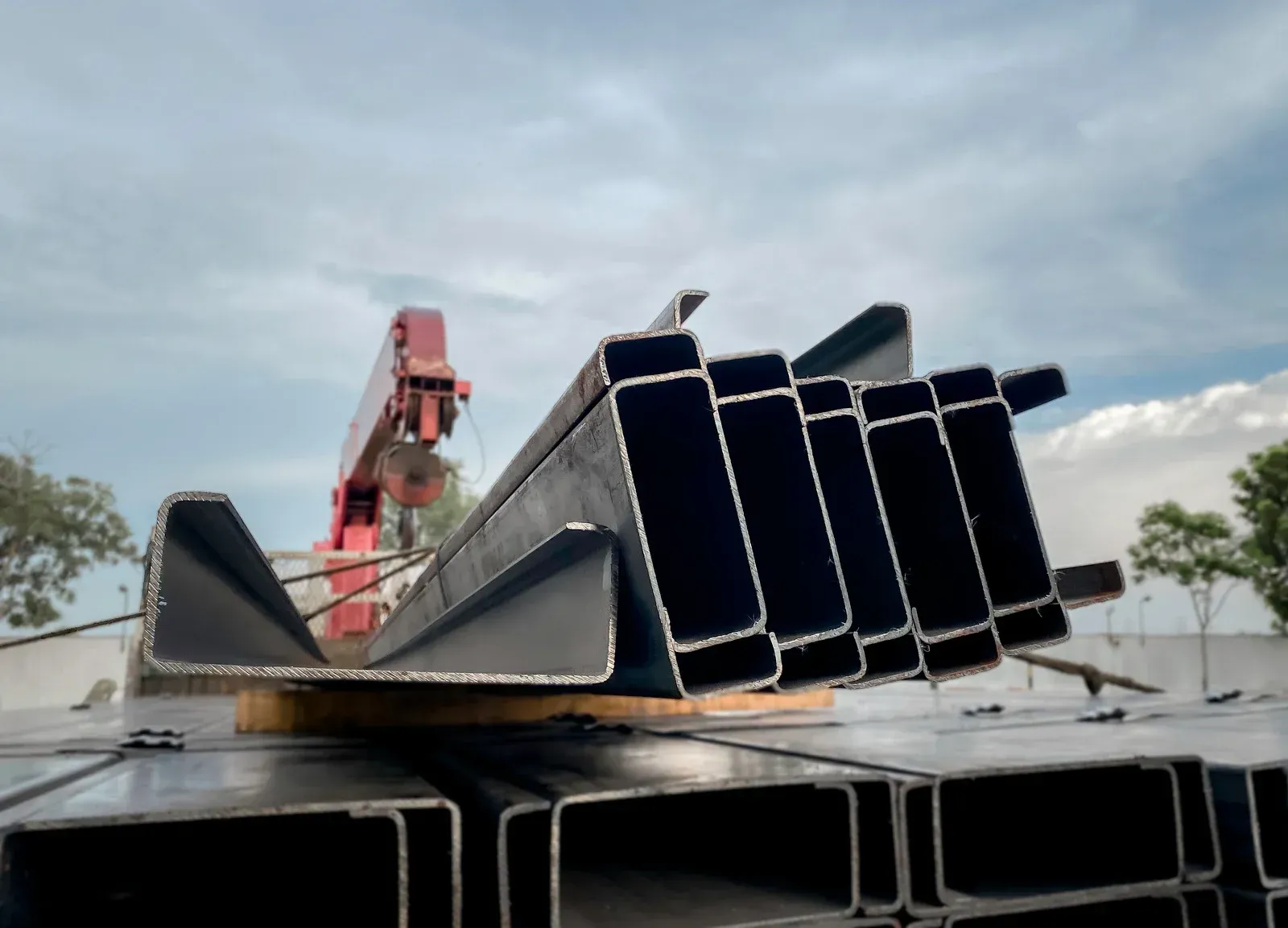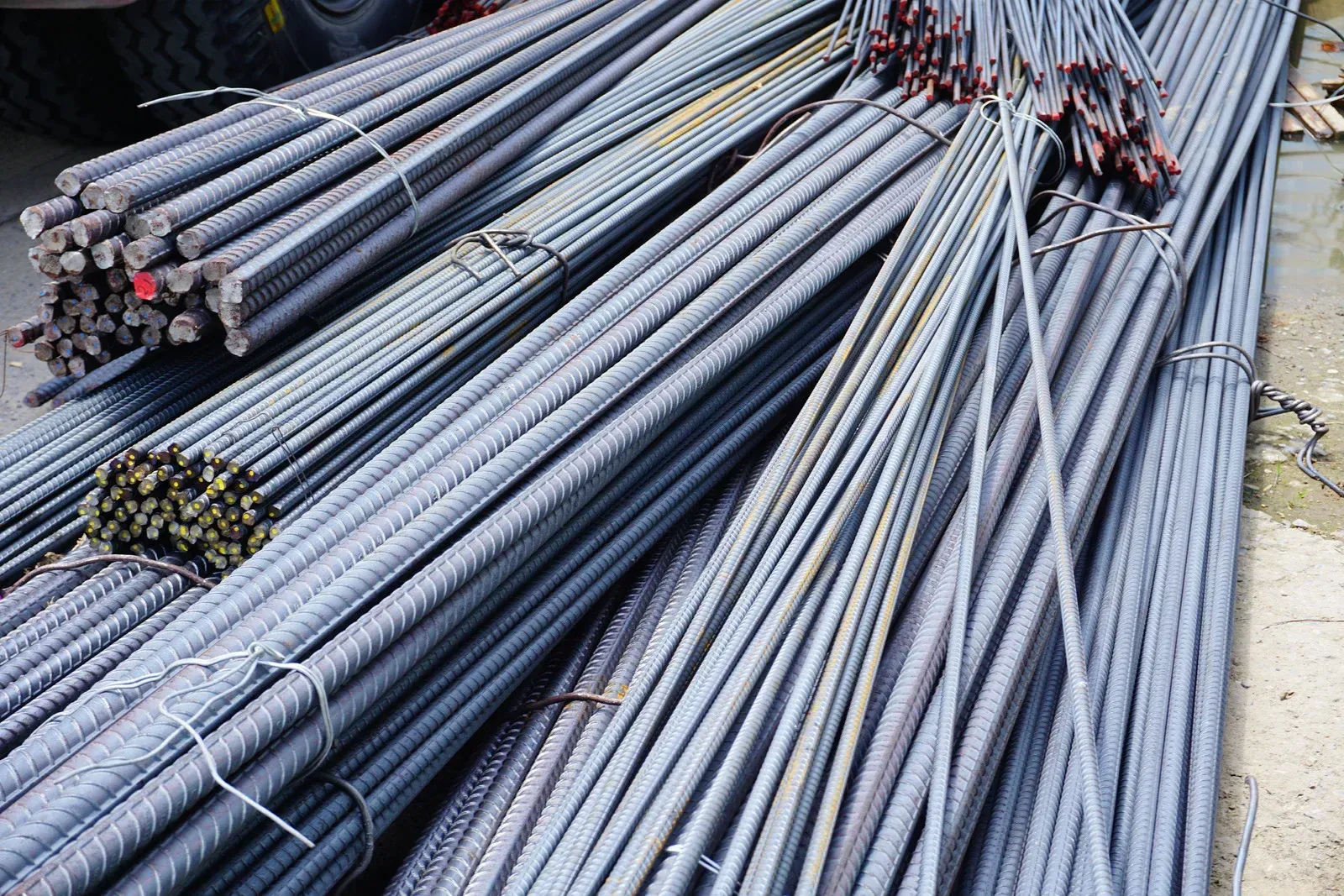The Ultimate Guide to Understanding the Angle Rolling Process
Angle rolling plays a vital role in shaping metal into precise curves and angles that serve countless structural and architectural needs. The process allows flat or angular steel to bend smoothly without losing its strength, which makes it essential in industries such as construction, manufacturing, transportation, and energy.
Through controlled pressure and precision movement, metal takes on new shapes that fit design requirements perfectly. Understanding how the angle rolling process works helps engineers, builders, and fabricators select the right technique for their projects while maintaining quality, safety, and efficiency.
What Is Angle Rolling?
Angle rolling is a metal forming process that bends steel angles or other metal profiles into circular, spiral, or curved shapes. The process uses a set of rollers that apply steady pressure to reshape the metal while keeping its cross-section intact. This technique can form equal leg, unequal leg, or custom-shaped angles with exact curvature as required by a project. Unlike cutting or welding methods, angle rolling reshapes the metal in a continuous form, ensuring both smoothness and structural consistency throughout.
The result is a component that fits seamlessly into large frameworks, support structures, or decorative designs without weakening under pressure. Because the method retains the metal’s natural integrity, it’s preferred for critical load-bearing applications.
How the Process Works
Angle rolling begins with choosing the correct material and roller setup. The operator positions the metal piece between three or more rollers arranged in a pyramid shape. As the metal passes through these rollers, each rotation bends it slightly until the desired curvature appears. Adjusting the rollers changes the bending radius, allowing the operator to create tight curves or broad arcs depending on project needs.
Temperature control is another key factor. Some materials bend well at room temperature, while others need heat to reduce resistance. Careful monitoring ensures that the metal maintains its mechanical properties while reaching the intended shape.
Key Benefits of Angle Rolling
One of the biggest advantages of angle rolling lies in its precision. The process delivers consistent results across large batches of material, reducing the risk of errors or irregular bends. It also minimizes waste because the metal does not require cutting or joining. This efficiency helps lower production costs while increasing output.
Another benefit is flexibility. Angle rolling works for various metals including steel, stainless steel, and aluminum. It handles both small and large sections, which makes it suitable for anything from light architectural frames to massive industrial supports. The process also enhances visual appeal, allowing curved structures to look smooth and uniform without distortion.
Common Applications
Angle rolling finds use in multiple industries. Construction companies use it for arches, bridges, railings, and support frames. Manufacturers apply it in machinery bases, tanks, and pipelines that require circular reinforcement. Transportation industries use rolled angles for rail cars, ships, and aircraft components where strong yet curved metal sections are essential. Even in decorative architecture, rolled angles bring elegant curves to facades, gates, and ornamental frames.
Why It Matters
Understanding the angle rolling process gives project planners a better view of how strength and flexibility combine in modern metalwork. The process supports both creative and functional design goals, offering the freedom to shape metal with accuracy and reliability.
Conclusion
Harvey Brothers Inc., located in Cincinnati, Ohio, provides
professional angle rolling services that deliver precision, consistency, and cost-effective solutions for industries seeking dependable curved metal components built to meet diverse structural needs.



